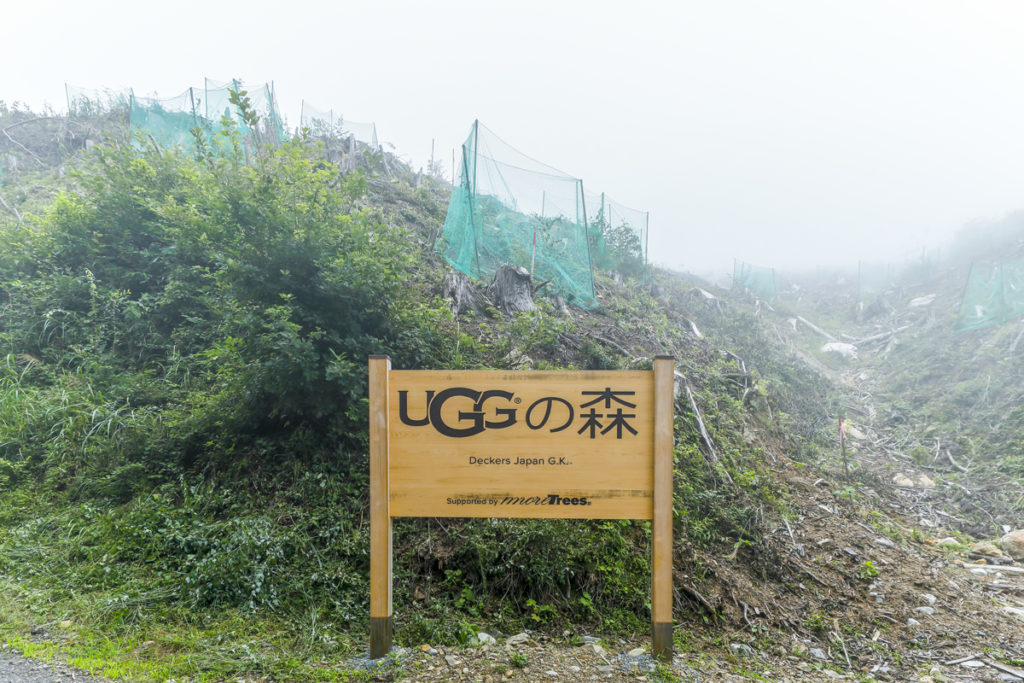Diversity is essential for forests too
As our destination drew near, the trees looked greener and the air felt clearer. Tenkawa Village, Nara Prefecture, is situated in the center of the Kii Peninsula. About a fourth of the area is designated the Yoshino-Kumano National Park, encompassing the Omine Mountain Range—including Mt. Hakkyogatake, the highest peak in the Kinki region of west-central Japan—which feeds the falls and springs, and provides the village with the gift of water. The natural environment surrounded by mountains can be harsh at times and remains largely unexplored, making the Omine Mountains a sacred site of Shugendo, founded by En no Gyoja (“En the ascetic,” ca. 634–701 AD) some 1,300 years ago and continuing to attract practitioners today. Even in this location steeped in ancient history, the forestscape has changed with the times.
Tenkawa Village Mayor Shigetaka Kurumatani, now 64 years old, reflects on his childhood memory of the forest. “The trees that you see in the mountains now were still small, most of them around ten or twenty years old. Much of the village population worked in the mountains at the time. Even the women carried baskets full of saplings on their backs and engaged in physical labor. Back then, planting trees meant planting Japanese cedar [sugi] and Japanese cypress [hinoki].”
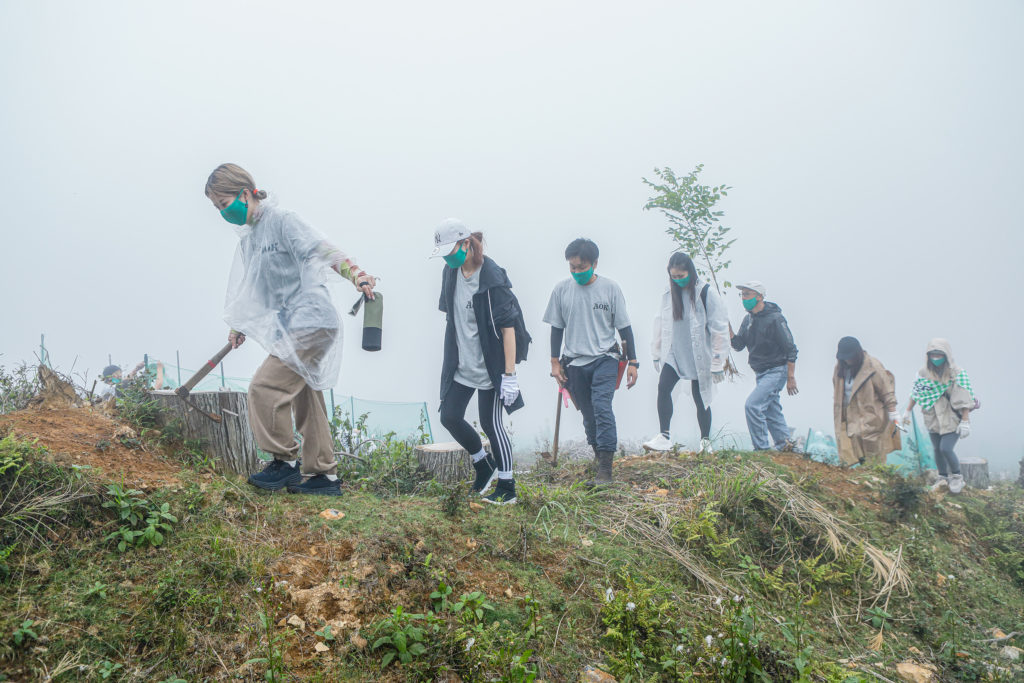
This was true of not only Tenkawa Village but the whole of Japan. Natural forests were exploited for military use during the Second World War and for postwar reconstruction. In the wake of the loss, conifers such as Japanese cedar and cypress, which were fast growing and provided valuable building lumber, were planted under the government’s extensive afforestation policy. Today, Japan’s mountainous areas are visibly covered by conifers. Recognizing this issue, one forest conservation organization is working on” creating diverse forests” across Japan, taking advantage of the features of each region—More Trees, led by musician Ryuichi Sakamoto.
Secretary-General Shinkichi Mizutani is leading the project in Tenkawa Village: “The Kii Peninsula lies in the path of seasonal typhoons, meaning the forests need to be properly maintained to prevent landslide disasters. The sense of crisis is stronger here than in other regions. We recognized that and had been on the lookout for a chance to offer our assistance. About two years ago, we learned that Tenkawa Village had cleared a forestland after the harvest, and wanted to plant new trees but was having trouble finding funding.”
More Trees and Tenkawa Village entered a partnership last year and gave birth to the Forest of UGG. The brand’s owner, Deckers Japan, gathered 58 employees and joined a tree planting event this September.
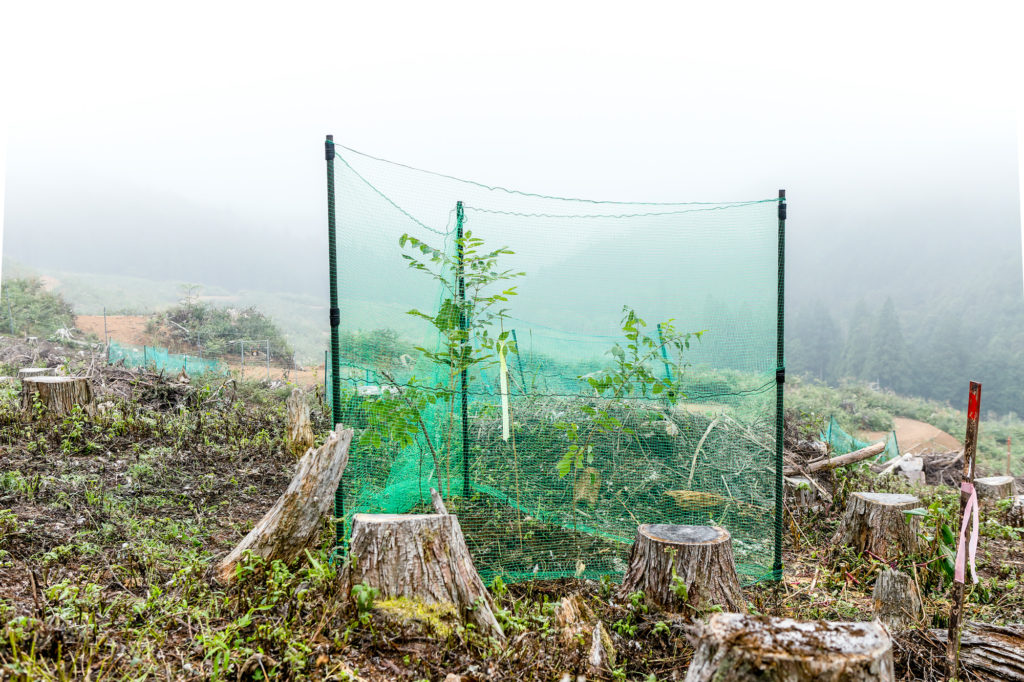
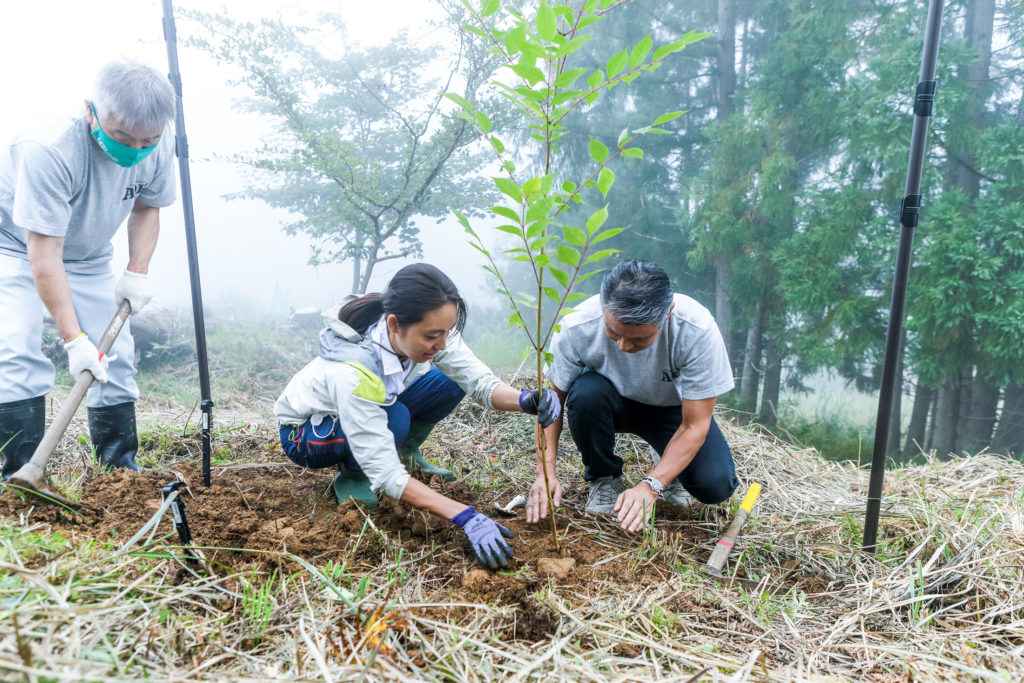
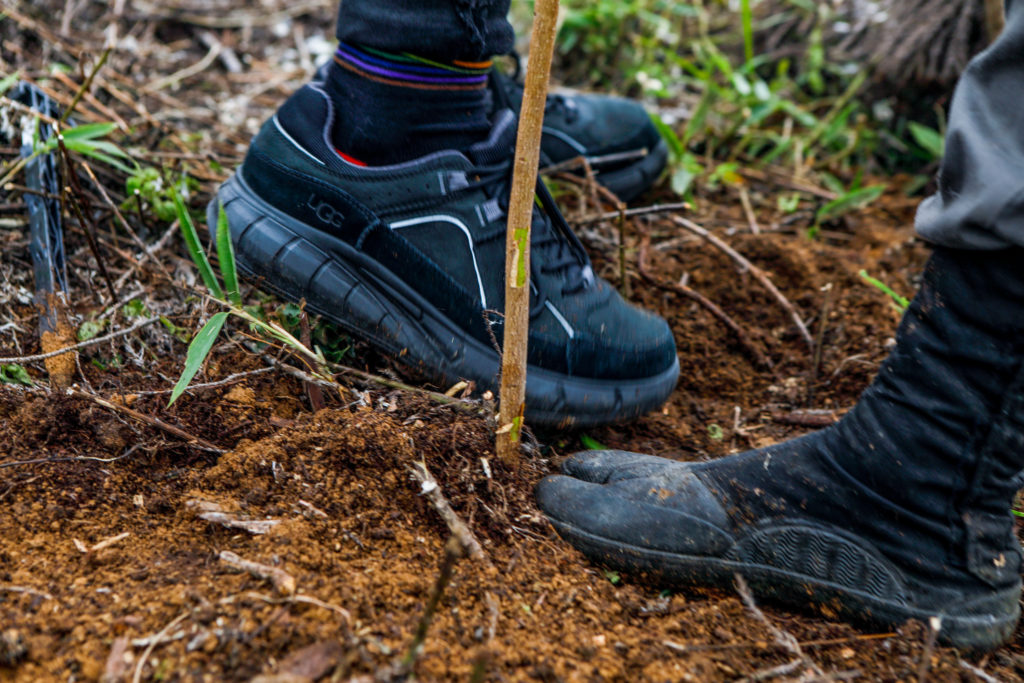
“This was our second round of tree-planting,” says Deckers Japan General Manager Teruki Ito. “The methods used to plant and care for the saplings have changed since last year, and I could tell the village residents are taking a trial-and-error approach and exploring how best to grow the forest.”
The Forest of UGG spreads out across a steep slope. It’s being planted with a broad-leaved tree that prefers plenty of sun and good drainage, called the Amur cork tree (kihada). This Amur cork tree plays a special role in Tenkawa Village, and particularly the Dorogawa area home to the tree-planting site. A stroll through the traditional Dorogawa Onsen hot spring townscape brings into view one signboard after another bearing the name Daranisuke-gan, a traditional Japanese herbal medicine for digestive disorders. According to one theory, the local remedy was originally made by En no Gyoja using Amur cork tree from the Omine Mountains. Yamabushi mountain ascetic hermits carried the medicine with them during training, and that custom is kept alive today in Dorogawa Onsen town, the gateway to their training grounds in the Omine Mountains.
The recipe for Daranisuke-gan is very simple. The yellow inner bark of the Amur cork tree is the source of an herb called huang bai, which is boiled down to a candy-like extract. Formerly, this was sandwiched between bamboo sheaths and left to harden into bars. Today, it’s used to coat a mixture of herbs including Japanese geranium and make the popular round pill form.
“As a child, I often saw the adults boiling down chopped Amur cork tree in large pots,” says Mayor Kurumatani. “What I remember most is the distinct smell. That smell alone could have cured any ailment!”
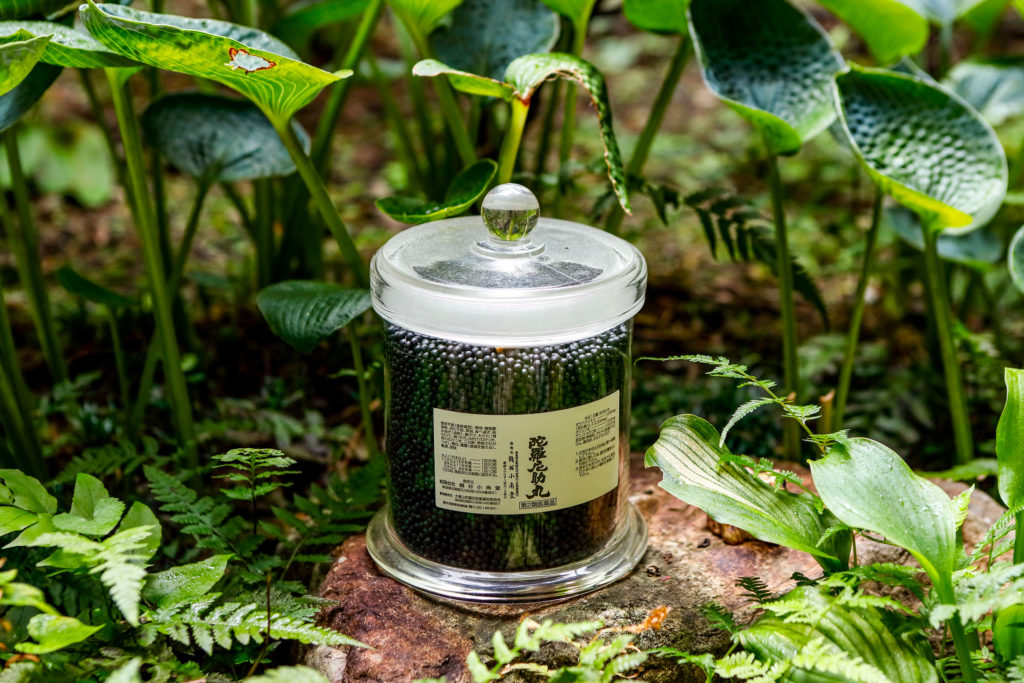
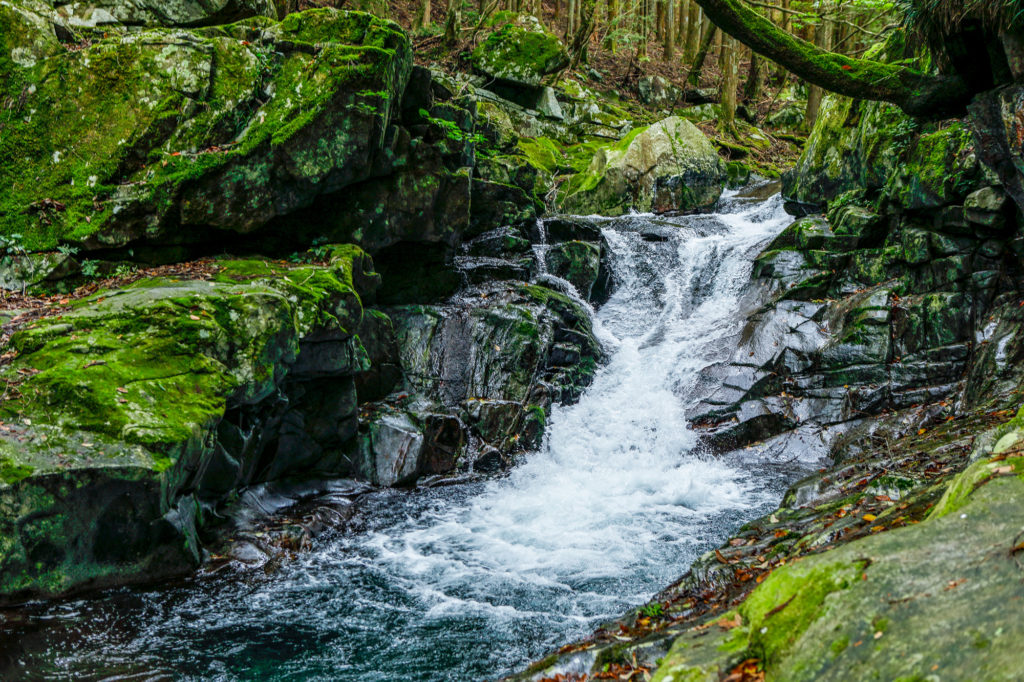
The significance of reviving the Amur cork tree
Daranisuke-gan is still made in Tenkawa Village today. But the increase in artificial forests of Japanese cedar and cypress led to a loss in Amur cork trees, and in recent years, raw materials are being purchased from outside the region to produce the medicine. Planting Amur cork trees in the Forest of UGG, therefore, will not only revive a broad-leaved forest but also mean a comeback of Daranisuke-gan as a true village signature and specialty.
“We use the expression ‘The right tree for the right place’,” says Mr. Mizutani. “Ubame oak for Wakayama, for example, because it’s used to produce Kishu binchotan charcoal. And Japanese white birch for Hokkaido. We seek the advice of specialists and select tree species appropriate to each location. The Amur cork tree fits the bill in this sense too, because it’s already familiar to Tenkawa residents. They can feel that the tree is essential not only for the forest but also for the local history and industry. It’s a special feature of the forest in Tenkawa Village.”
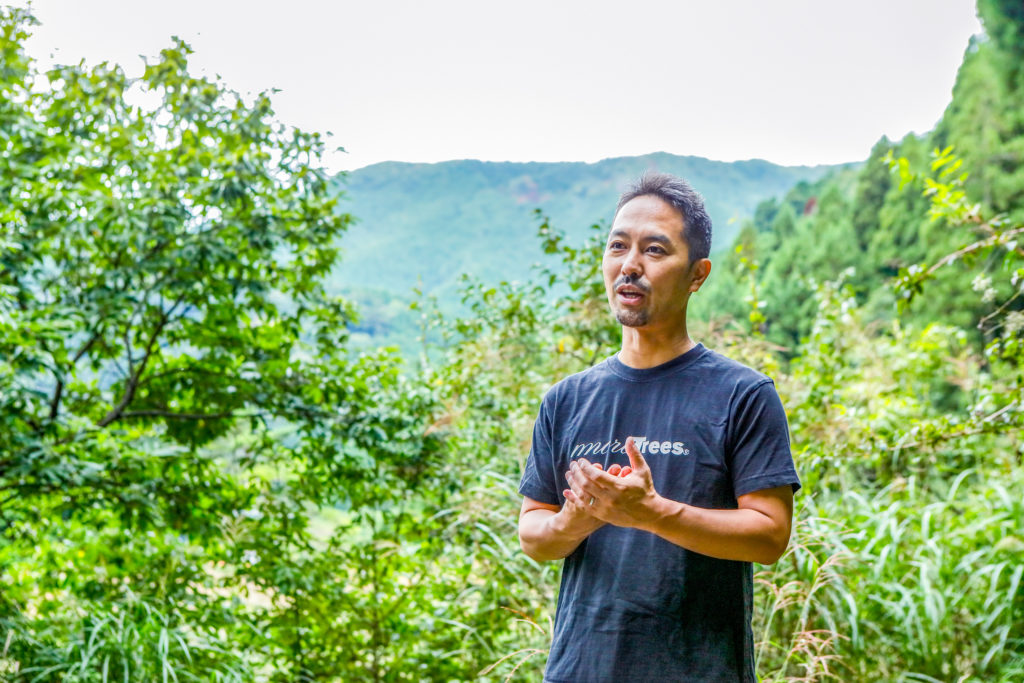
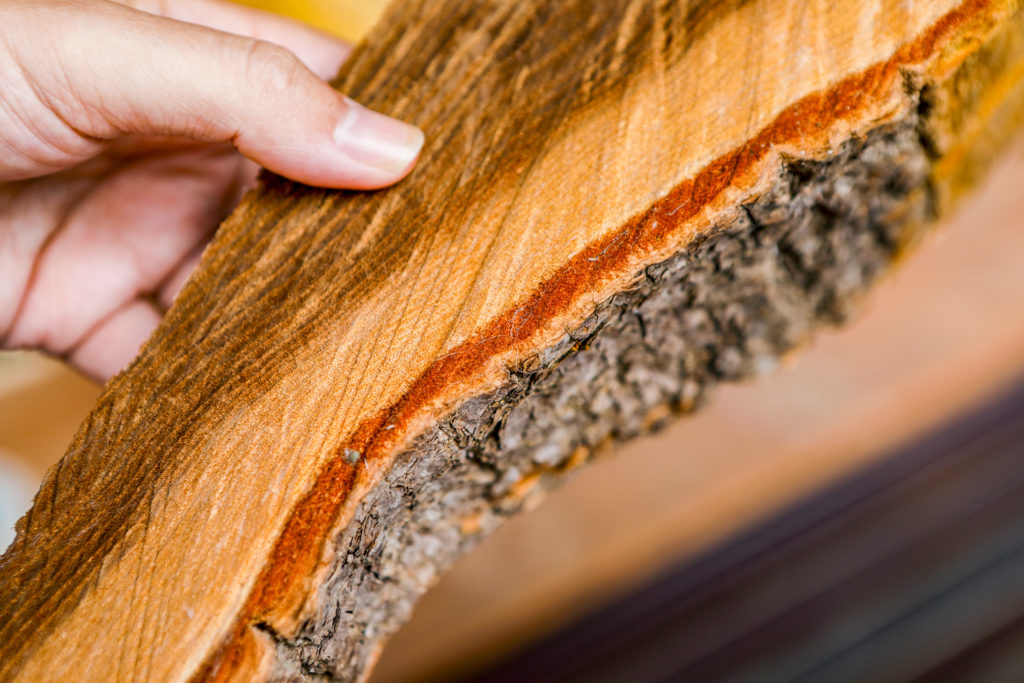
The saplings are densely planted in groups of three. Each group is then fenced off with a net to protect from wildlife. In the end, one sapling each is left and grown into a bigger tree. To ensure that the forest develops in as close to natural conditions as possible, the project also creates local jobs such as undergrowth clearing and maintenance, and growth monitoring.
“Donating money may be one way to offer support,” says Mr. Ito. “But actually coming here in person and talking to the local residents helps open our eyes to many things we wouldn’t notice otherwise. It make us realize there are so many forms of support that we could never imagine by staying in the city.”
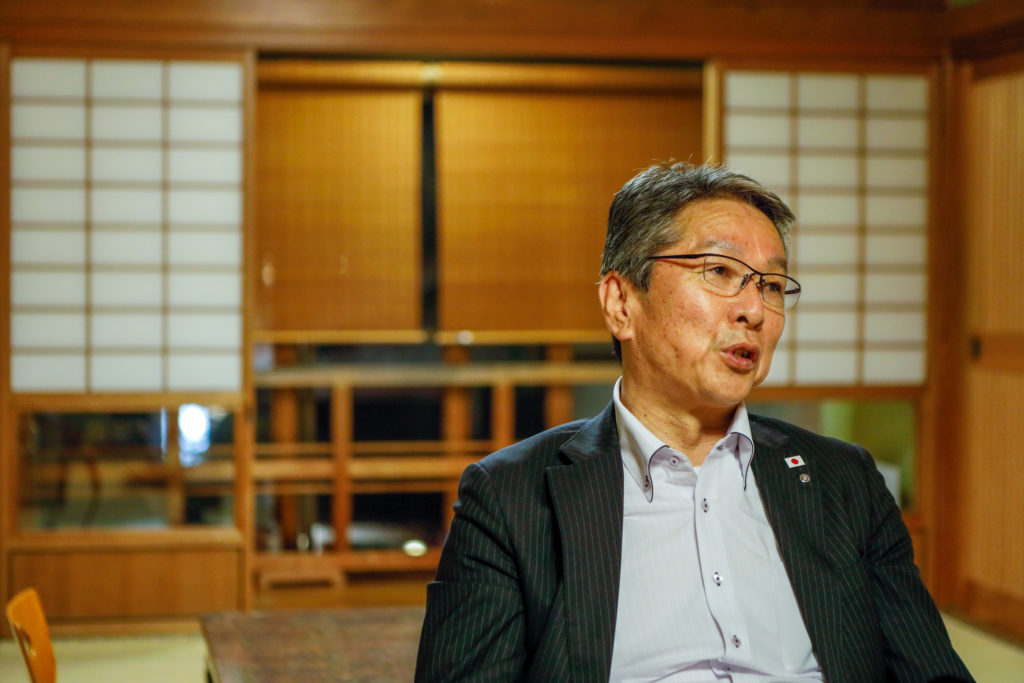
“I believe a project like this could be good for the company too,” says Mayor Kurumatani. “Through the process of creating a forest, the company employees visit a rural community, interact with the local residents, and get a taste of life in a mountain village—the very basic form of human society. This should offer the company hints for self-improvement. I’m certainly grateful for this opportunity for the village residents. Connecting with a company from the city helps enhance our awareness of social contribution and local attachment.”
These Amur cork tree saplings will be ready for use as an ingredient of Daranisuke-gan in twenty to thirty years. What will the forestscape of Tenkawa Village look like at that time? We today have taken up the baton to create a lasting scenery for the future.
The Forest of UGG in Tenkawa Village, Nara Prefecture, kicked off in partnership with More Trees in August 2021. UGG donates a portion of the sales in Japan of its sustainable collection, and as part of the project of “creating a diverse forest” in Tenkawa Village, continues to support the development of a forest consisting mainly of broad-leaved trees. In addition to planting trees and protecting them from wildlife, the project aims for coexistence between the forest and the local community.
www.ugg.com/jp
